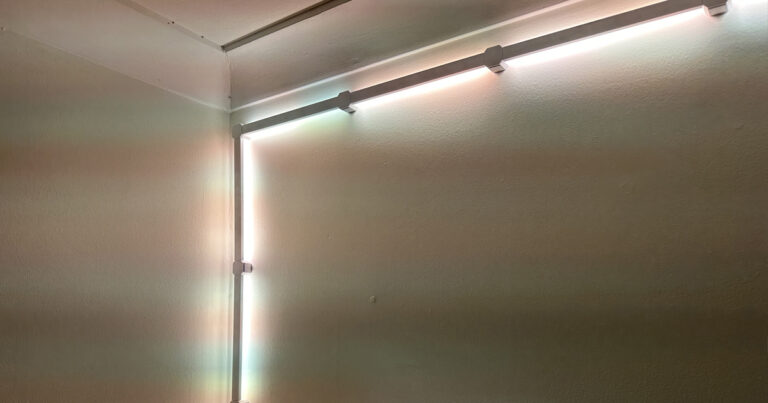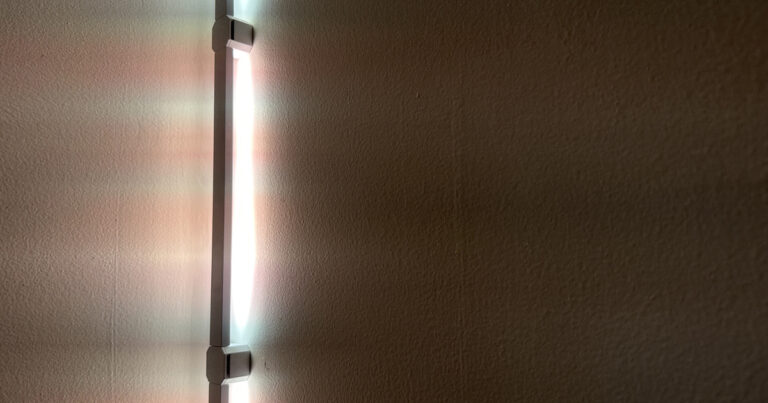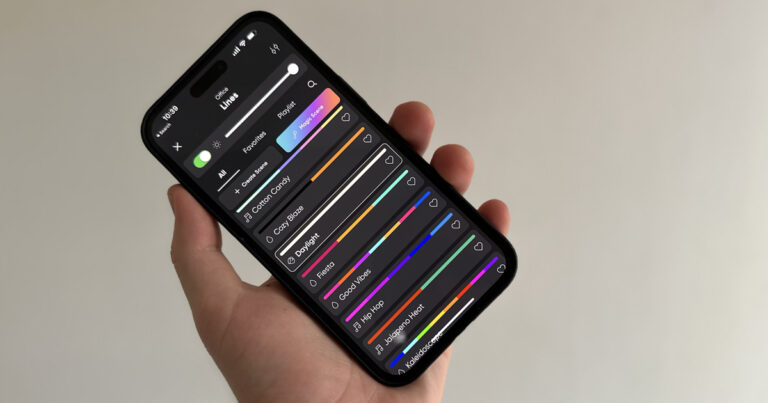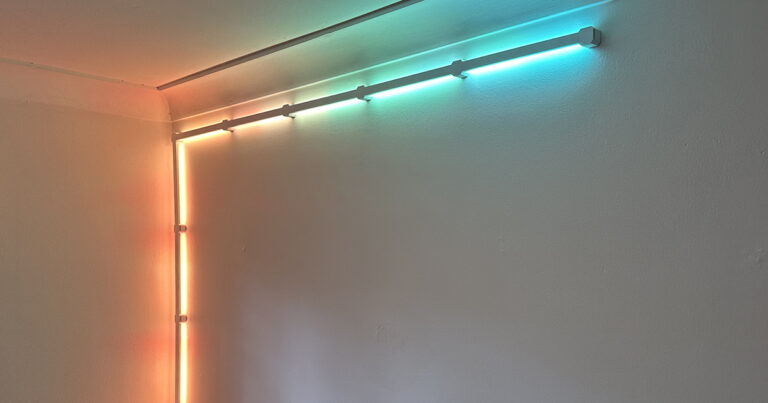Optus Mobile Review ALDI Mobile Review Amaysim Mobile Review Belong Mobile Review Circles.Life Review Vodafone Mobile Review Woolworths Mobile Review Felix Mobile Review Best iPhone Plans Best Family Mobile Plans Best Budget Smartphones Best Prepaid Plans Best SIM-Only Plans Best Plans For Kids And Teens Best Cheap Mobile Plans Telstra vs Optus Mobile Optus NBN Review Belong NBN Review Vodafone NBN Review Superloop NBN Review Aussie BB NBN Review iiNet NBN Review MyRepublic NBN Review TPG NBN Review Best NBN Satellite Plans Best NBN Alternatives Best NBN Providers Best Home Wireless Plans What is a Good NBN Speed? Test NBN Speed How to speed up your internet Optus vs Telstra Broadband ExpressVPN Review CyberGhost VPN Review NordVPN Review PureVPN Review Norton Secure VPN Review IPVanish VPN Review Windscribe VPN Review Hotspot Shield VPN Review Best cheap VPN services Best VPN for streaming Best VPNs for gaming What is a VPN? VPNs for ad-blocking That’s not quite my vibe. If I’m going to have something taking up space on a wall, it’s going to be art, not illuminated hexagons. The Nanoleaf Lines Squared have converted me, however. They’re Nanoleaf’s simplest take on wall-mounted smart lighting to date. As the name suggests, the Lines Squared are LED bars you can join at 90-degree angles. While there’s still plenty of flexibility to create interesting installations with the Lines Squared, they’ve allowed me to create what’s potentially the most boring Nanoleaf setup in the history of smart lightning: an inverted L above my desk that’s predominantly used for varying temperatures of white light. It’s the antithesis to the “taste the rainbow” setups you see in Nanoleaf marketing photos, but it’s one I’ve found surprisingly practical. You, of course, can make your Lines whatever colour you want. Each individual Line can be two separate colours - a different colour on the left and right or top and bottom, depending on orientation - and you can even create animated patterns or set them up to pulse to music. There’s all but endless possibilities for cultivating your own vibe. You’ll need the Nanoleaf app for most of this functionality, but the Lines also integrate with HomeKit, Google Home, Alexa, and SmartThings. You can even control your Lines directly through Apple’s Home app, but you’ll only have access to limited functionality. The Lines support Thread, and also act as a Thread border router. This is done using adhesive on the back of each connector. The adhesive is rather strong, so definitely measure twice, stick once. The tool-free install makes the Lines renter-friendly, but you could always run the risk of stripping a little bit of paint when you take them off. On the software front, setup was a simple affair. You simply enter a pairing code in the Nanoleaf app (or the Apple Home app, if you’d prefer) and you’re all ready to go. It should be a painless process. I’ve come to really enjoy my inverted L, and I may even buy an extra expansion pack to extend the length of my desk. It’s an elegant solution that doesn’t take up any extra space on my desk, doesn’t interfere with my partner who prefers the room darker, and didn’t require professional installation. It’s a surprisingly practical bit of smart lighting. And hey, I can always make it less boring with pretty colours if I’m in the mood.



